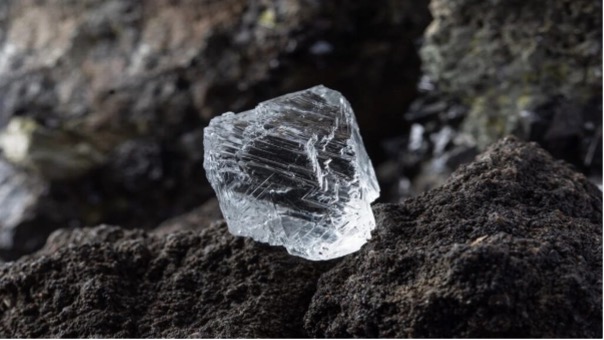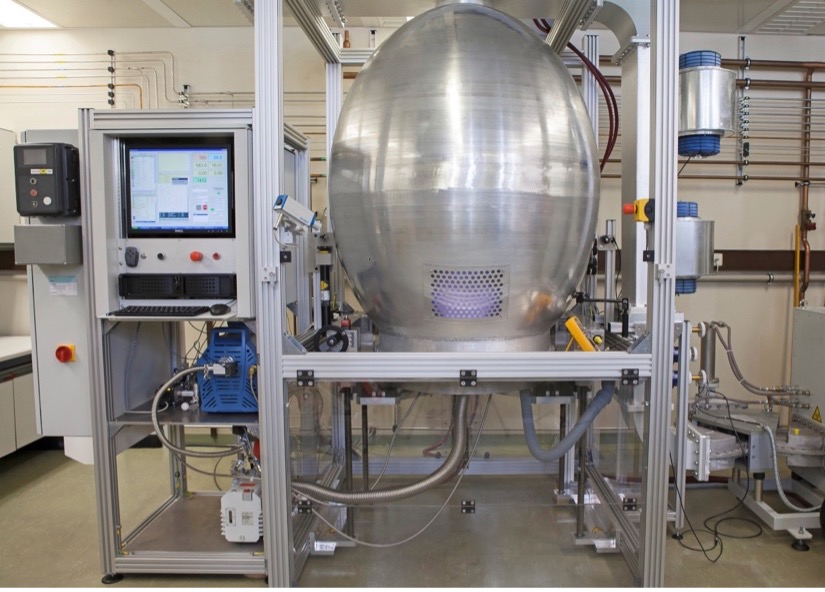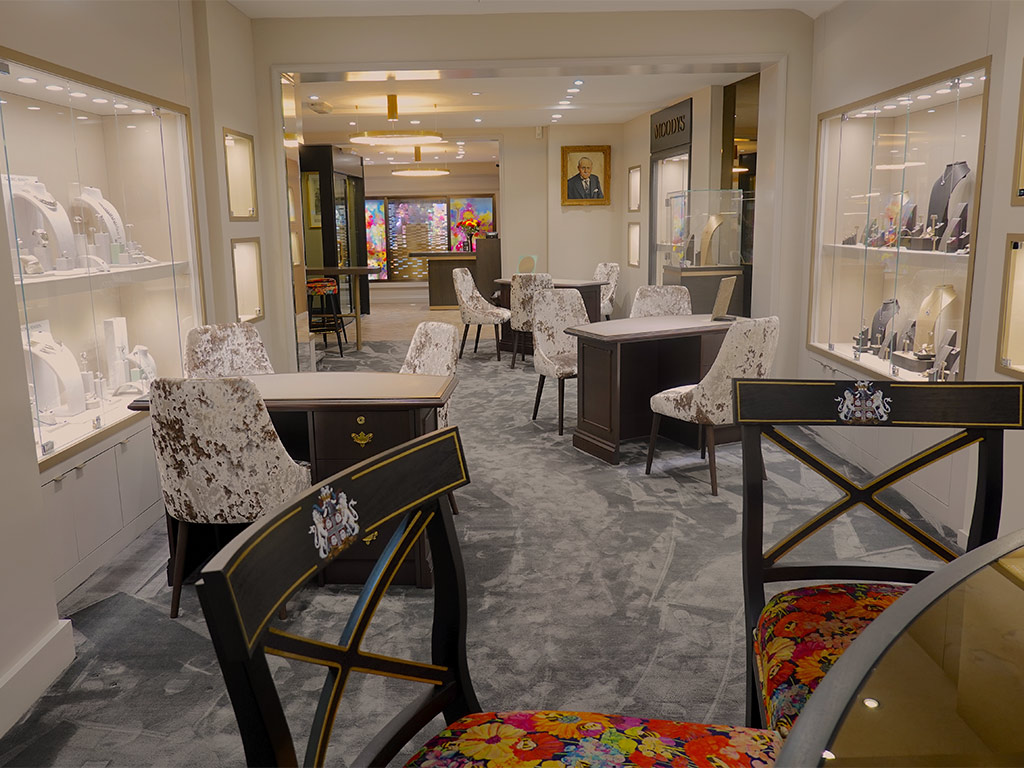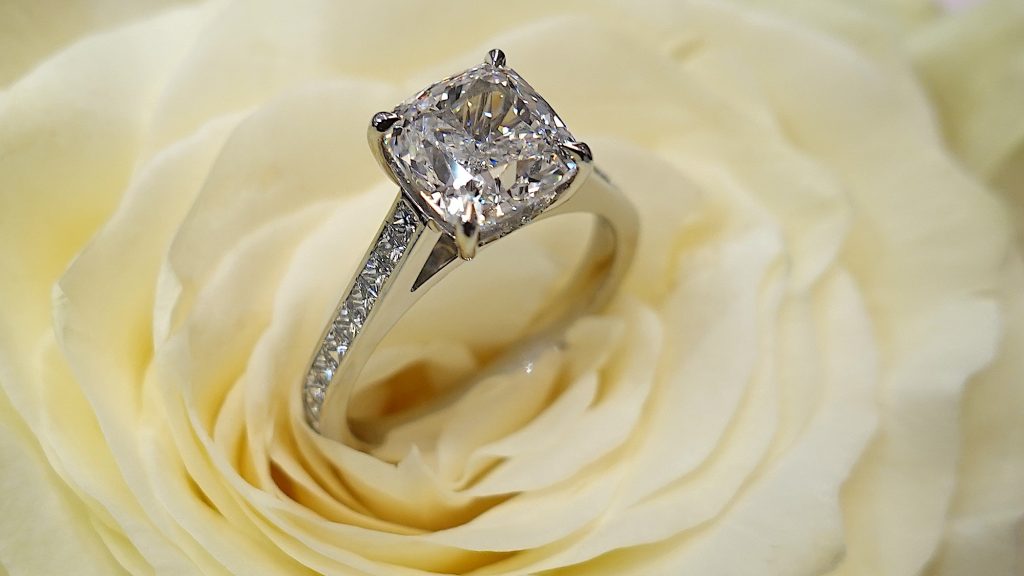Moody's and Lab-Grown Stones
Here at Moody’s we are proud to have built the reputation for the fine quality jewellery that we create and sell. All our diamond and coloured gem rings and jewellery is made by master craftsmen either here in the UK or in Italy. All our Diamonds are ethically sourced as you will see later, supporting local mining communities at a time when they are facing competition from inflationary priced Lab-Grown stones.
Synthetic, low grade Lab-Grown Diamonds have been created since the 1950’s and so are nothing new.
What is new is the development of gem quality created Diamonds opening up a market for jewellery and engagement rings set with Lab-Grown at considerably lower prices than the equivalent natural stones.
The natural Diamond industry has survived many simulants and imitations before – think of Cubic Zirconia, Moissanite and even glass crystals amongst others. But Lab-Grown is different being a true, pure carbon synthetic Diamond.
For all jewellers this has needed decisions to be made – to stock or not to stock.


Example of a Natural Diamond Engagement Ring from our collection
For us it wasn’t a difficult decision to choose not to sell Lab-Grown. All our jewellery is made and set with natural gemstones – all miracles of nature formed over millions of years and treasured as such. We didn’t want to compromise our standards. We carry a stock of over 150 Diamond rings and all our engagement rings are GIA certificated in D to F colours – the finest whites.


Diamond Crystal
The ethics of gem-mining and Diamond-mining in particular have been under the microscope for many years. Films such as Blood Diamonds prompted DeBeers and responsible governments and trade bodies to instigate what became known as The Kimberley Process – named after the Kimberley diamond mine in South Africa. This protocol gives provenance to every diamond mined, from the individual miner through to the retail jeweller, assuring that every diamond is “conflict-free” and that the welfare of those miners is guaranteed.
The UK is one of 86 nations signed up to the Kimberley Process and 99.8% of all mined diamonds are covered by the Process. It is supported by the UN who see it as aiding security and peace in mining areas and this has remained in practice now for over 20 years. CanadaMark and BotswanaMark certification are further examples of partnerships with local communities reliant on diamond-mining receiving economic support and development to their lives and infrastructure. In Botswana for instance, where diamond mining is producing around 20% of the global supply, their economy is almost entirely dependent on the industry.


Kimberley Process Natural Mined Diamond Crystal
There are comparisons made between Lab-Grown and natural over which type is the more “eco-friendly”. Natural Diamond mining has become more environmentally friendly in recent times as mining corporations look to reduce the impact on the physical landscape.
And Nature did the creative work – the intense heat and pressure required for Diamond crystals to form – millions of years ago. To recreate this in laboratories it is impossible to do this in a sustainable way. Most lab-grown diamonds are created using a High Pressure, High Temperature (HPHT) process where diamond “seeds” are placed into a pressurised chamber and blasted with high levels of carbon gas. Each lab-grown diamond requires, at the very minimum, more kilowatt hours of energy to make than the average household in the UK uses per month. These laboratories also require millions of litres of water to cool their reactors. A study commissioned by the Diamond Producers Association discovered that lab-grown diamonds accounted for three times as many carbon emissions as responsibly mined natural diamonds. Pure carbon but hardly carbon-neutral!


Example of a Lab-Grown Diamond CVD reactor
But the greatest issue with Lab-Grown Diamonds is their steep fall in value. A 1ct Lab-Grown Diamond ring that a handful of years ago would sell for a few thousand pounds is now worth very little. As a jewellery retailer we could sell a 1ct ‘D’ Flawless Lab-Grown diamond for around £135. In a ring today the greater value is in the Platinum or gold. Sellers of Lab-Grown diamonds have had to keep their retail prices high to avoid seeing their stock value be wiped out. Many are seen to be offering big discounts off their stated RRP’s as a consequence.
Get In Touch...


Diamond Specialists Since 1883
Here at Moody’s we do not offer Insurance Replacement valuations on Lab-Grown jewellery. We are faced with a moral dilemma. Does the recipient of, say, a Lab-Grown engagement ring know that it is not a natural Diamond? And we would be obliged to value it at the price we could replace it for which potentially would be way below what it was purchased for. We do have the necessary gem-testing equipment here to be certain of what we are assessing together with near five decades of identifying and testing natural diamonds so have become quite good at spotting Lab-Grown.
Getting engaged is one of the landmark moments in your lives and at Moody’s we truly want these moments to remain special. Our commitment – our job – our pleasure is to make your day magical whether it’s your engagement, wedding, birthday or anniversary. The beauty and quality of our natural Diamond jewellery does that for you and will do for life.
That’s why people will say “It must be from Moody’s”





